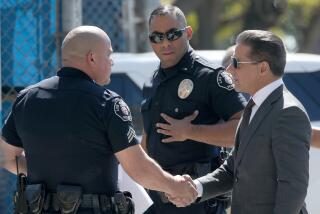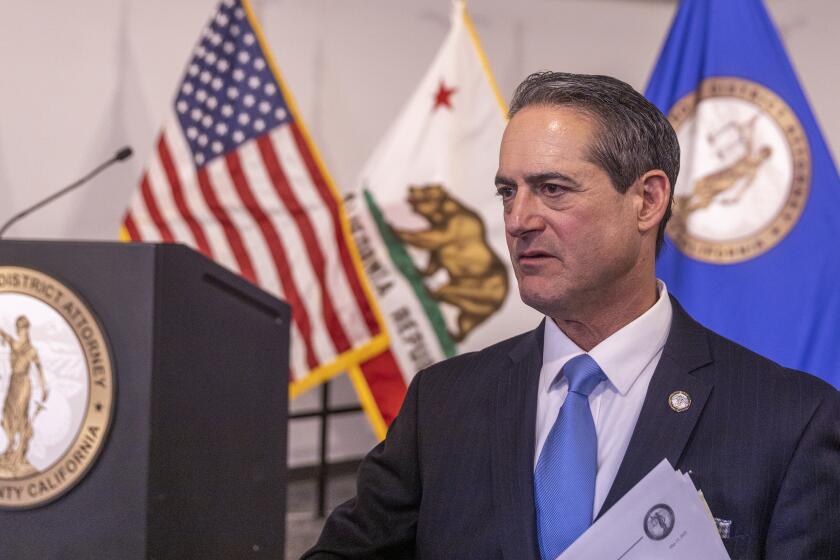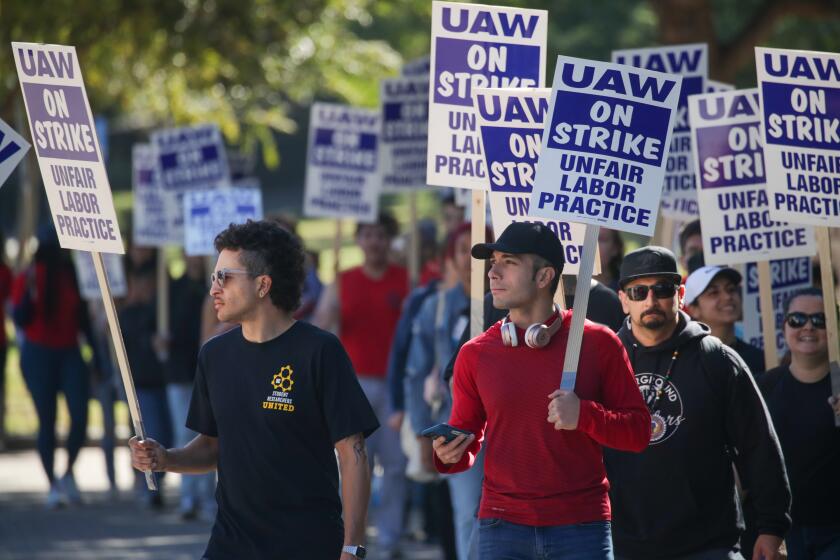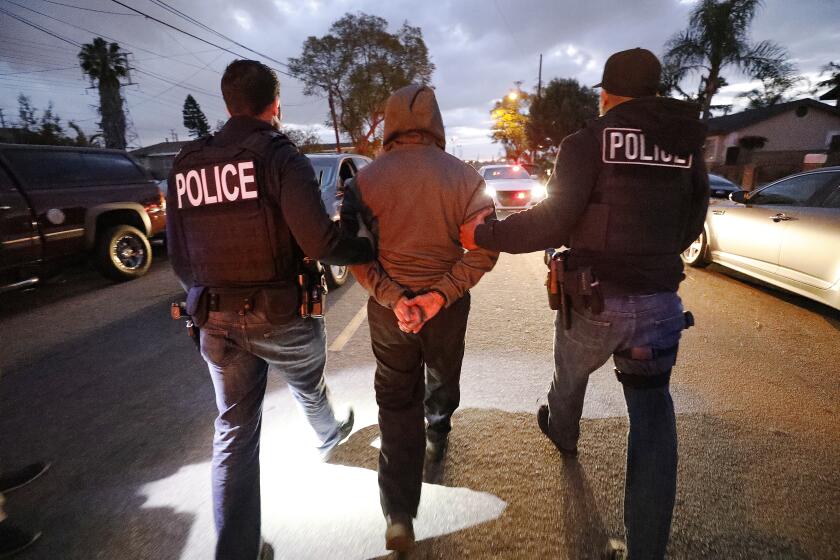Bank Scare Is a Reminder of Gas Danger : Safety: Investigators find an explosive concentration of methane, a recurrent threat in the Fairfax area.
Employees and customers alike had complained for a year about the bad smell at the Wells Fargo Bank branch on Fairfax Avenue, where experts finally found an explosive concentration of methane gas earlier this month.
“For long periods of time there was no problem, and then it got to be really bad,” said Wells Fargo spokeswoman Kathy Shilkret.
The smell, apparently caused by mildew from water molecules wafted upward by the lighter-than-air methane, eventually was traced to an electrical conduit that extended from the bank’s main business area through the concrete floor slab and reached four feet underground.
The discovery provided another reminder of the recurrent danger posed by methane in the Fairfax area, where deposits of oil and gas lie close to the surface. The city imposed a set of safety measures after 21 people were hurt in an explosion five years ago, but they have been widely ignored, officials said.
Residential portions of the area are not generally regarded as being in danger, because lawns and gardens allow methane to pass safely into the atmosphere. In commercial sections, however, an asphalt cap formed by the streets and parking lots of the commercial district can allow concentrations of the gas to reach potentially dangerous levels.
City Councilman Zev Yaroslavsky said last week the Wells Fargo incident suggests that the problem “is more widespread than we
thought.” The bank office lies slightly outside the zone city officials had previously identified as having the greatest methane danger.
The ordinance requires that before a commercial property in the methane risk zone changes hands, gas detection meters must be installed on the ground floors of buildings where there is inadequate ventilation or conditions that might produce sparks.
The bank building, which according to county records has not changed ownership since the law took effect, was not outfitted with a meter. But city geologist Joseph W. Cobarrubias said there was no guarantee a meter would have caught the problem in the building, because tests conducted a few feet from the electrical conduit found only traces of methane.
More to Read
Start your day right
Sign up for Essential California for news, features and recommendations from the L.A. Times and beyond in your inbox six days a week.
You may occasionally receive promotional content from the Los Angeles Times.






